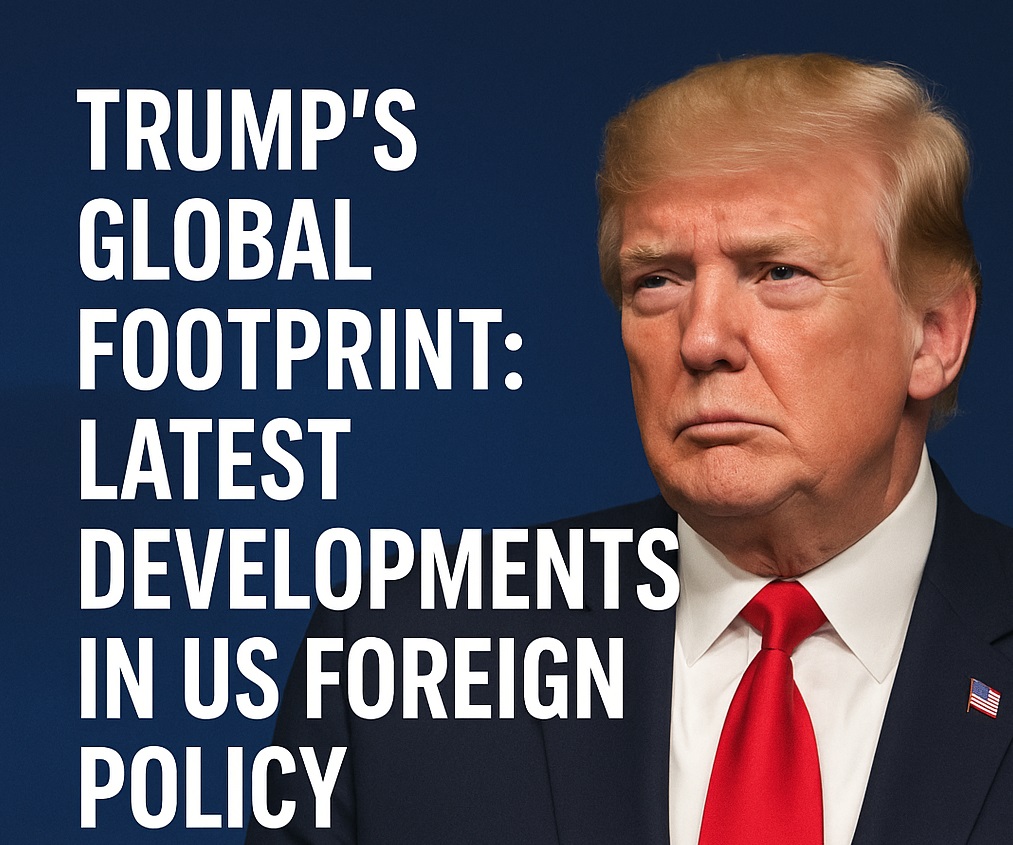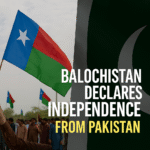
Disclaimer: This article provides a factual, retrospective analysis of Donald Trump’s foreign policy and international relations during his presidential term from 2017 to 2021. It is based on verifiable public records, official statements, and analyses from reputable, non-partisan sources. This content is for informational purposes only and aims to provide an objective overview of historical events and their reported impacts.
Introduction
Donald Trump’s presidency from 2017 to 2021 left an indelible mark on global diplomacy. His approach to foreign policy, anchored by the “America First” doctrine, significantly departed from decades of U.S. multilateral leadership and reshaped America’s role on the world stage.
This article offers an objective, fact-based analysis of Trump’s foreign policy legacy. From redefining alliances to recalibrating adversarial relations, we examine how his administration’s decisions affected global geopolitics, trade, and diplomatic norms.
1. The “America First” Doctrine: Core Tenets and Philosophy
1.1 Defining “America First”
The “America First” doctrine prioritized national sovereignty and perceived U.S. interests over global cooperation. It championed:
- Unilateralism over multilateral institutions
- Transactional diplomacy over strategic alliances
- National economic protectionism over free trade
According to the Council on Foreign Relations, this philosophy guided Trump’s disengagement from long-standing treaties and institutions he viewed as unfair to the U.S.
1.2 Key Policy Pillars
- Trade Protectionism: The U.S. imposed tariffs on key imports and pursued bilateral trade deals.
- Reduced Military Engagements: Aimed at ending “endless wars,” Trump emphasized troop withdrawals.
- Border & Immigration Security: Included travel bans and enhanced border enforcement as part of the foreign security strategy.
- Challenging Globalism: Trump openly criticized international bodies like the United Nations and NATO for allegedly undermining American sovereignty.
Sources: Brookings Institution, White House Archives
2. Relations with Key Allies and Alliances
2.1 NATO and European Allies
Trump repeatedly criticized NATO allies for failing to meet defense spending goals, pushing for a minimum 2% GDP commitment. This led to strained transatlantic ties, especially after U.S. withdrawal from the Paris Climate Agreement and the Iran Nuclear Deal (JCPOA).
Some allies, however, responded by increasing defense budgets, suggesting his pressure had mixed diplomatic results.
Sources: NATO Defense Expenditure Reports, Reuters
2.2 North American Partners (Canada & Mexico)
Trump renegotiated NAFTA, leading to the United States-Mexico-Canada Agreement (USMCA) in 2020. Despite progress, trade disputes over steel and aluminum tariffs strained relations.
Sources: USTR USMCA Summary, CBC News
2.3 Asia-Pacific Allies
Allies like Japan, South Korea, and Australia faced pressure to contribute more to the costs of hosting U.S. troops. Reports from the Pentagon and regional ministries show concerns about long-term alliance reliability, though most partnerships remained intact.
3. Engagement with Adversaries and Rivals
3.1 Russia
Despite Trump’s stated desire for closer ties—highlighted by the controversial 2018 Helsinki Summit—his administration maintained sanctions against Russia over election interference and the annexation of Crimea.
Findings from the Mueller Report concluded Russian interference occurred, though Trump repeatedly denied collusion.
Sources: U.S. Treasury Sanctions, AP News
3.2 China
The Trump era witnessed the escalation of a U.S.-China trade war. The U.S. imposed hundreds of billions in tariffs, citing intellectual property theft and trade imbalances. Tech firms like Huawei became central to national security tensions.
The conflict disrupted global markets and supply chains, as reported by Bloomberg, and prompted WTO disputes.
Sources: USTR China Trade Facts, WSJ
3.3 North Korea
Trump held three historic summits with Kim Jong Un (Singapore 2018, Hanoi 2019, and the DMZ in 2019). While these meetings were groundbreaking, they failed to yield concrete progress on denuclearization.
Sources: U.S. State Department, BBC Coverage of Summits
3.4 Iran
In 2018, Trump withdrew from the JCPOA, launching a “maximum pressure” campaign involving harsh economic sanctions. Tensions rose in the Middle East, and Iran began scaling back its nuclear commitments.
Sources: U.S. Treasury Iran Sanctions, IAEA Reports
4. Key Policy Shifts and Major Decisions
4.1 Withdrawal from International Agreements
- Paris Agreement Exit (2017): Trump cited economic concerns, though critics warned of environmental fallout.
- World Health Organization Withdrawal (2020): During the height of the COVID-19 pandemic, Trump accused the WHO of pro-China bias.
Sources: UNFCCC Press Releases, WHO Statements
4.2 Middle East Diplomacy
- Jerusalem Embassy Move (2018): The U.S. formally recognized Jerusalem as Israel’s capital, drawing both praise and protest.
- Abraham Accords (2020): Helped normalize relations between Israel and several Arab nations—UAE, Bahrain, Sudan, and Morocco.
Sources: White House Archives, Al Jazeera Abraham Accords
4.3 Trade Tariffs
In 2018, the administration imposed tariffs on steel and aluminum imports from key trade partners, sparking backlash from allies and WTO challenges.
Source: USTR Tariff Actions
5. Overall Impact and Legacy
Trump’s foreign policy legacy is marked by bold shifts and enduring debate:
- Multilateralism Undermined: His skepticism toward international organizations disrupted long-standing norms.
- Rise of Bilateralism: One-on-one deals replaced broader international pacts, impacting predictability in foreign relations.
- Allied Trust Tested: While some allies adapted, others expressed concern over America’s global reliability.
- Global Disruption with Long-Term Consequences: His “America First” doctrine influenced future policymaking, even after his presidency.
Analyses by institutions like Chatham House, Atlantic Council, and Foreign Affairs continue to explore the deep ramifications of his foreign policy.
Conclusion
Donald Trump’s 2017–2021 presidency ushered in a foreign policy era marked by disruption, nationalism, and renegotiation. His administration challenged post-WWII diplomatic traditions, reframed global relationships, and sparked both praise and criticism at home and abroad.
While many of his policies remain controversial, their influence is undeniable—shaping debates on America’s global role and informing the approaches of subsequent administrations.
You Might Also Like :-
- Global economic ripple effects of past US policies
- Understanding the Worldwide Caution Travel Alert: A Traveler’s Guide to Global Safety

Sandeep Jadhav is a self-taught sustainability writer and the founder of Pulsewire.in. He shares insights on upcycled product manufacturing, green entrepreneurship, and eco-friendly business models. Though not formally certified, his work is backed by deep research and a strong passion for promoting climate-positive innovation.








